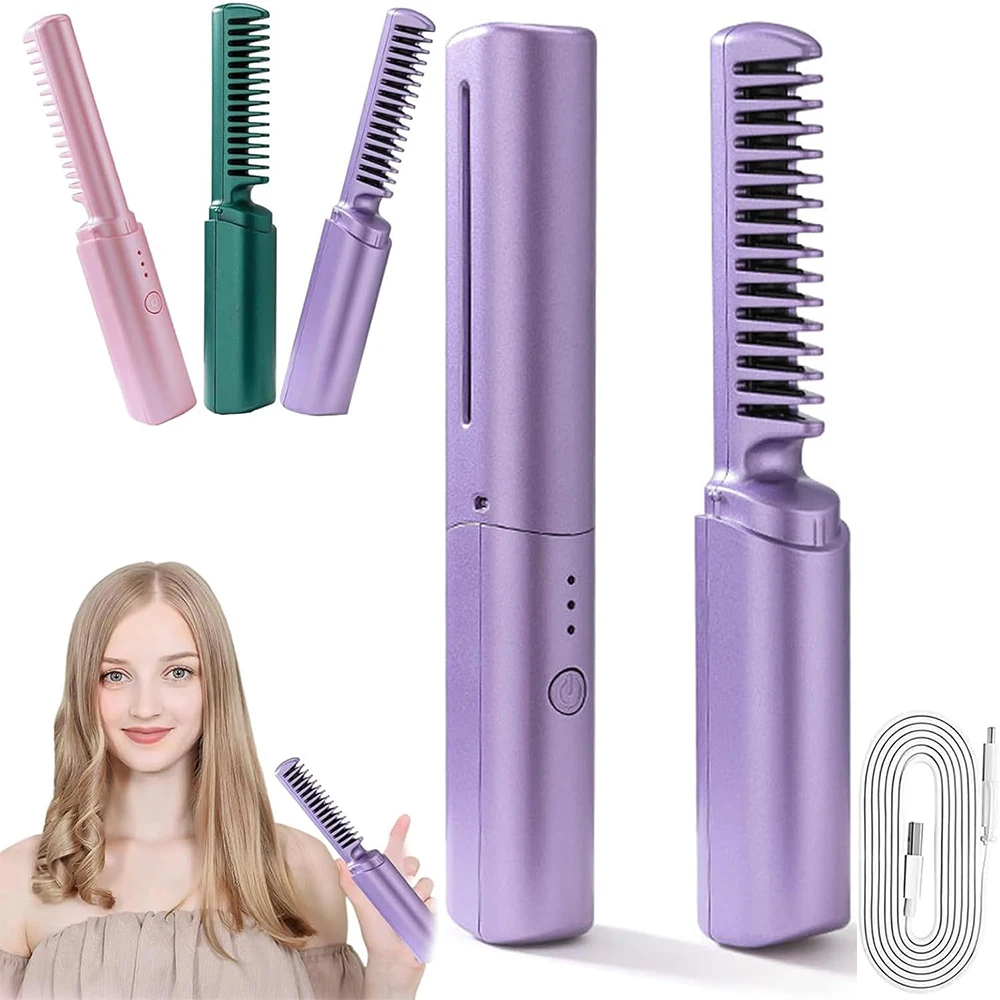Introduction
Hair straighteners have become a popular styling tool for achieving sleek and smooth hair. However, using a hair straightener every day raises concerns about potential damage and long-term effects on hair health. In this guide, we will explore the effects of daily hair straightener use and discuss important factors to consider when incorporating this tool into your styling routine. By understanding the potential risks and implementing appropriate precautions, you can maintain the health and appearance of your hair while enjoying the benefits of a straightened look.
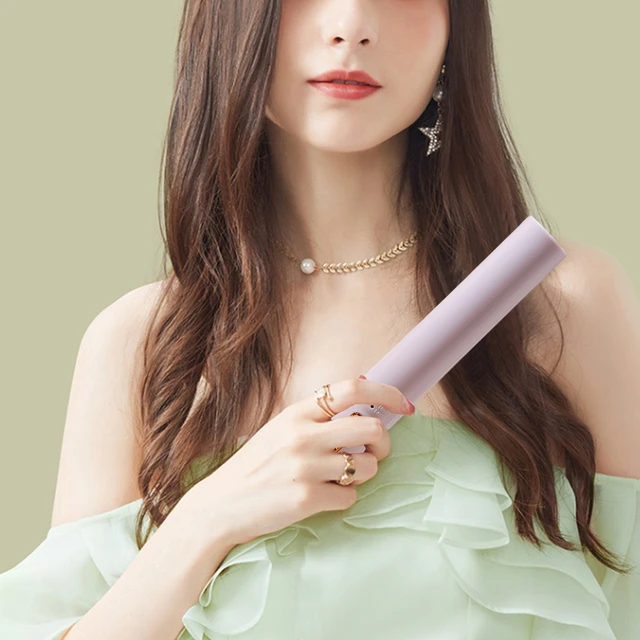
Can I use hair straightener everyday?
I. Understanding Hair Straightening Techniques
-
Heat-Based Straighteners:
- The most common type of hair straightener uses heat to temporarily alter the structure of hair strands. These straighteners typically operate using ceramic, tourmaline, or titanium plates that heat up and glide over the hair to smooth and straighten it.
-
Chemical Straightening Treatments:
- Chemical straightening treatments, such as Brazilian blowouts or keratin treatments, chemically alter the hair’s structure to achieve a straightened look. These treatments provide longer-lasting results but involve exposure to potentially harsh chemicals.
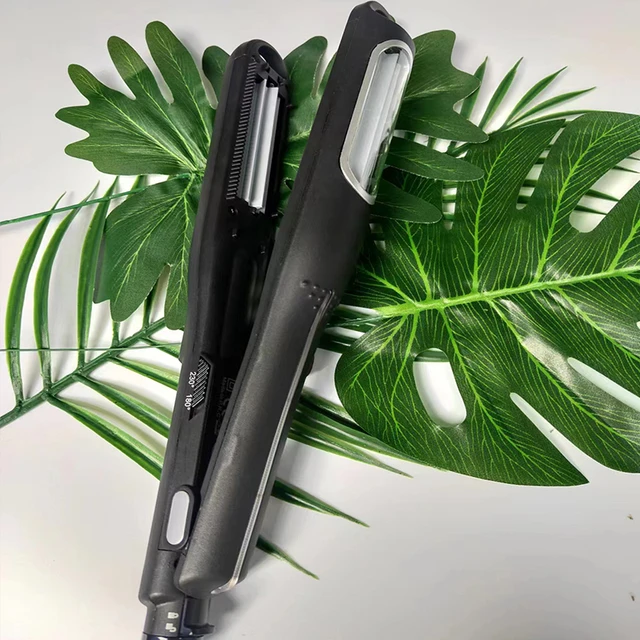
II. Potential Risks of Daily Hair Straightener Use
-
Heat Damage:
- The high temperatures used in hair straighteners can damage the hair’s cuticles, leading to dryness, frizz, and breakage. Over time, continuous heat exposure weakens the hair, making it more prone to damage and less resilient.
-
Moisture Loss:
- Daily straightening can strip the hair of its natural moisture, resulting in dry and brittle strands. Without adequate moisture, hair loses its elasticity, becomes more susceptible to breakage, and may appear dull and lifeless.
-
Protein and Keratin Degradation:
- Prolonged and daily heat exposure can degrade the proteins and keratin present in the hair, impacting its strength and overall health. This can lead to increased hair fragility, loss of natural texture, and difficulty in achieving optimal hair growth.
-
Scalp Concerns:
- Frequent heat application to the hair can also influence the scalp’s health. The heat can cause the scalp to become dry, itchy, and sensitive, potentially leading to conditions like scalp dermatitis or dandruff.
-
Long-Term Damage:
- Consistent daily use of hair straighteners may lead to cumulative damage over time, making it increasingly challenging to restore the hair’s natural health and texture. The effects can become more prominent in people with particularly fragile or brittle hair.
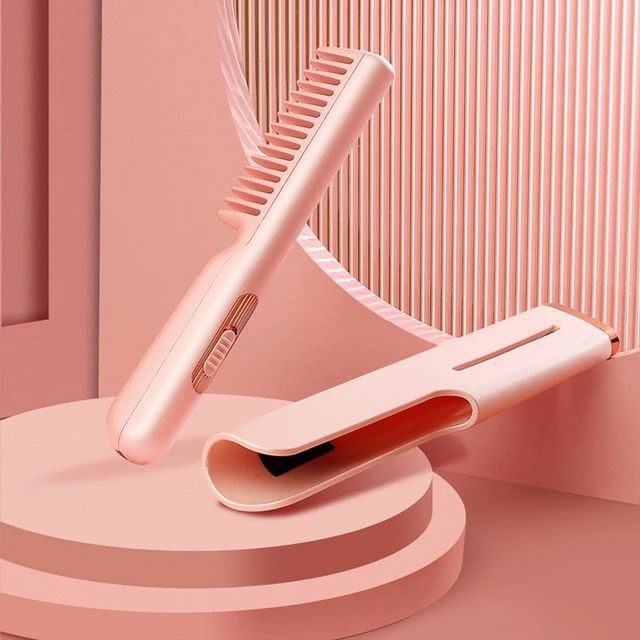
III. Guidelines for Safe and Effective Hair Straightener Use
-
Quality of the Hair Straightener:
- Investing in a high-quality hair straightener with adjustable heat settings and even heat distribution can help minimize damage. Choose a model that employs ceramic, tourmaline, or titanium plates, as these materials provide better heat distribution and reduce the risk of excessive heat exposure.
-
Heat Protection Products:
- Apply a heat protection spray or serum to your hair before using a straightener. These products provide a barrier between the hair and heat, reducing damage and protecting against moisture loss.
-
Temperature Control:
- Adjust the temperature setting on your hair straightener according to your hair type and condition. Fine or damaged hair generally requires lower heat settings than thick or coarse hair. Avoid using the highest heat setting unless absolutely necessary, as it increases the risk of heat damage.
-
Sectioning and Passes:
- Divide your hair into small sections when straightening to ensure even heat distribution and effective results. Limit the number of passes over each section to minimize heat exposure and reduce the risk of damage.
-
Air Drying First:
- Allow your hair to air dry partially before using a hair straightener. Excessive heat on wet or damp hair intensifies the potential damage. To expedite the drying process, use a blow dryer with a diffuser attachment to gently dry the hair without overheating it.
-
Rest Days and Alternatives:
- Give your hair regular breaks from daily straightening. Schedule rest days where you embrace your natural hair texture or try alternative styling methods, such as braids, buns, or loose waves, to minimize heat exposure.
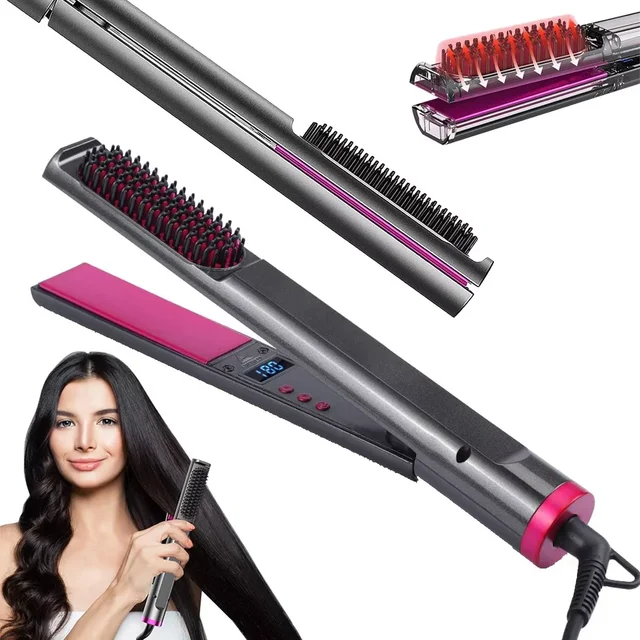
IV. Hair Maintenance and Care
-
Proper Cleansing and Conditioning:
- Use a moisturizing shampoo and conditioner specifically designed for your hair type. This helps replenish moisture lost during styling and enhances the overall health and appearance of your hair.
-
Hydrating Treatments:
- Incorporate weekly or monthly hydrating treatments, such as deep conditioning masks or oil treatments, into your hair care routine. These treatments help restore moisture, nourish the hair, and mitigate the effects of heat damage.
-
Trimming and Regular Haircuts:
- Schedule regular trims to remove split ends and prevent further hair breakage. Trimming helps maintain healthier-looking hair and prevents damage from spreading further up the hair shaft.
-
Professional Consultation:
- Consider consulting a professional stylist for advice catered to your hair type and condition. A stylist can assess the health of your hair and provide personalized recommendations to minimize damage while achieving your desired style.
V. Understanding Individual Hair Needs
-
Hair Type and Condition:
- Different hair types, including fine, thick, curly, or chemically treated hair, have varying levels of tolerance to heat and require different approaches to straightening. Understanding your hair’s specific needs allows for a more targeted and effective styling routine.
-
Sensitivity and Resistance:
- Some individuals may have more sensitive or resistant hair than others. Heat sensitivity calls for extra caution and an even more conservative approach to straightening, while resistant hair may require higher heat settings for optimal results. Understanding and respecting your hair’s characteristics is crucial for minimizing damage.
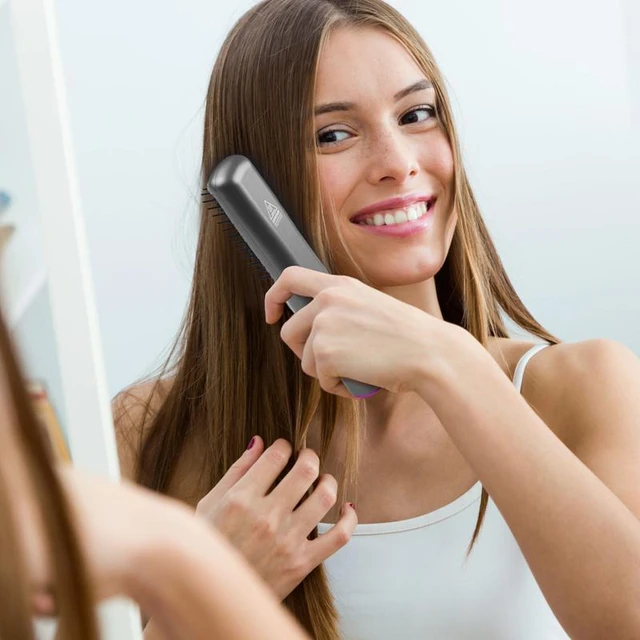
VI. Conclusion
Using a hair straightener every day is not recommended due to the potential risks and damage that can occur. Frequent heat exposure can lead to heat damage, moisture loss, protein degradation, scalp issues, and long-term hair damage. However, by following safe and effective guidelines, such as investing in a quality straightener, using heat protection products, adjusting heat settings, sectioning hair, and allowing for rest days, you can minimize the potential damage and maintain healthier-looking hair. Regular hair maintenance, proper cleansing and conditioning, hydrating treatments, and professional guidance also contribute to mitigating the effects of daily straightening. Understanding your individual hair needs and limitations allows for a more tailored approach to styling, helping you achieve a balance between a desired straightened look and hair health.
